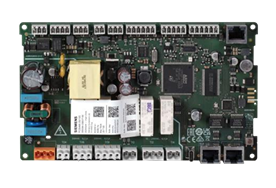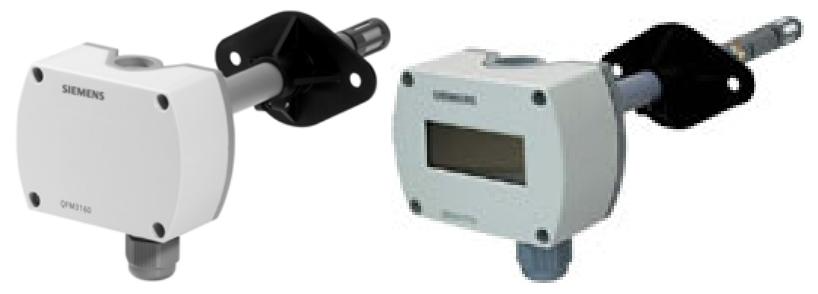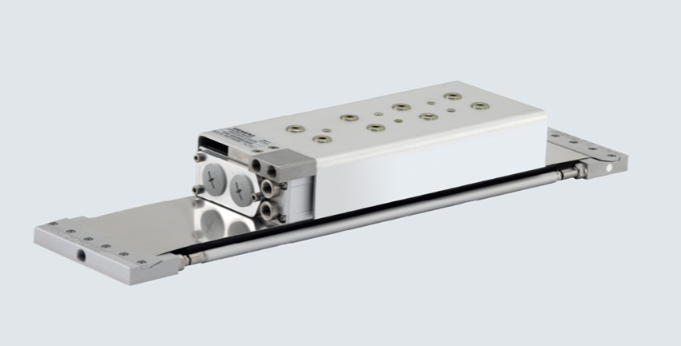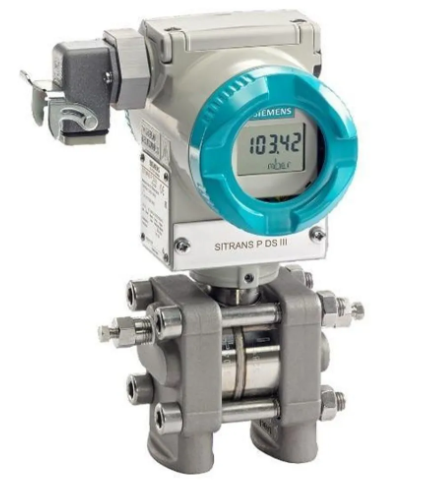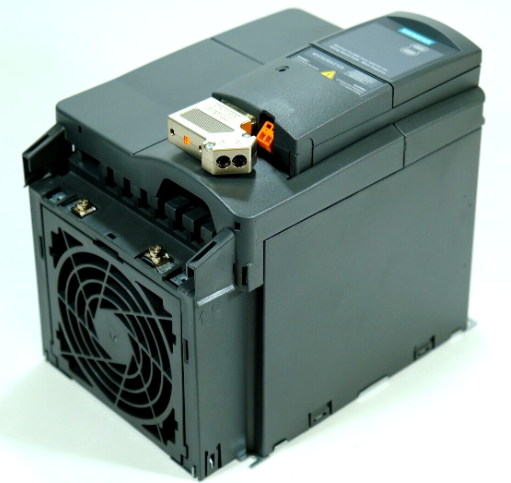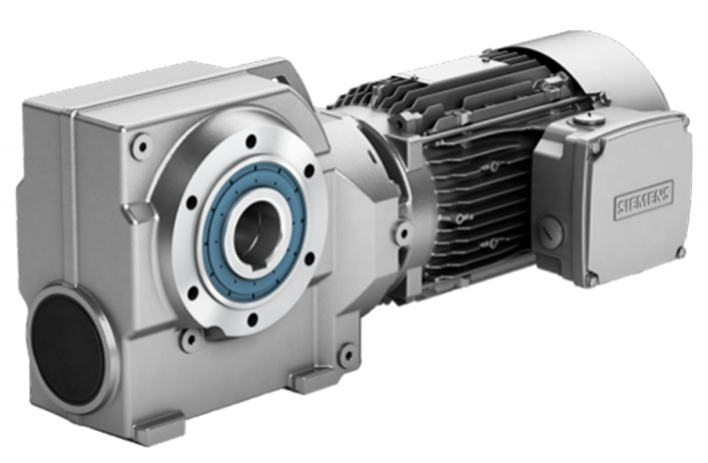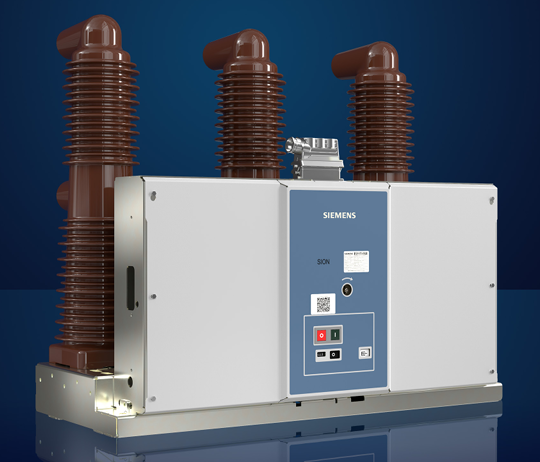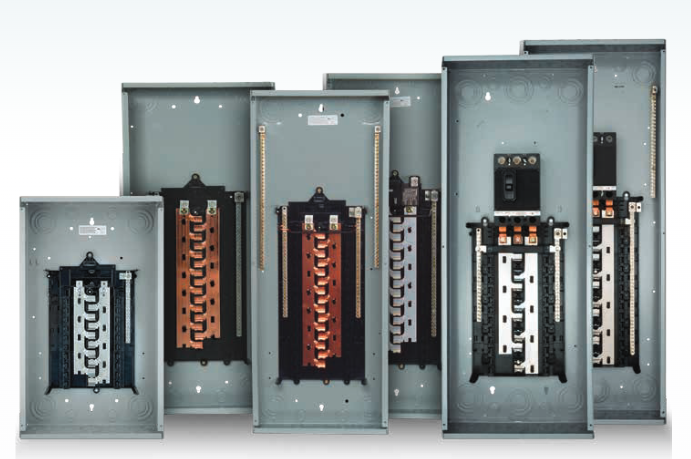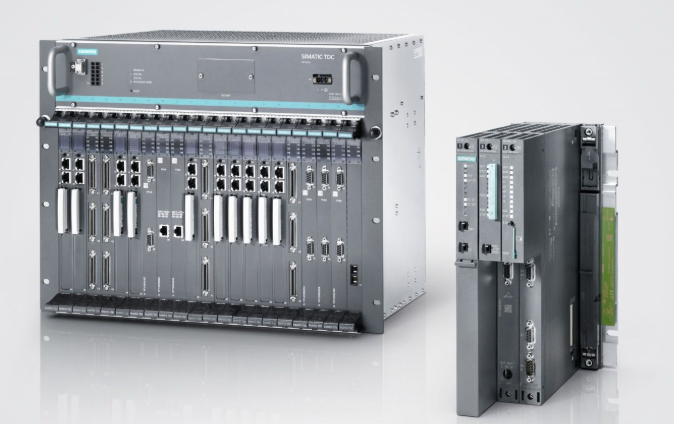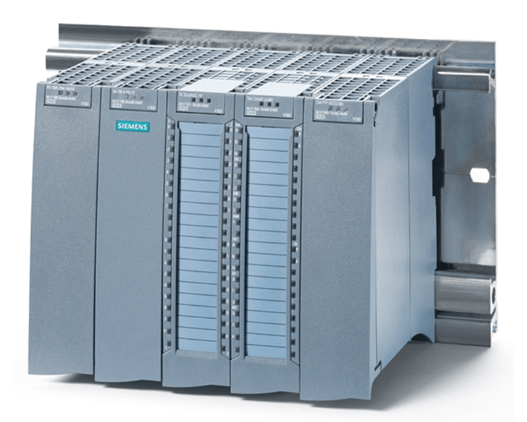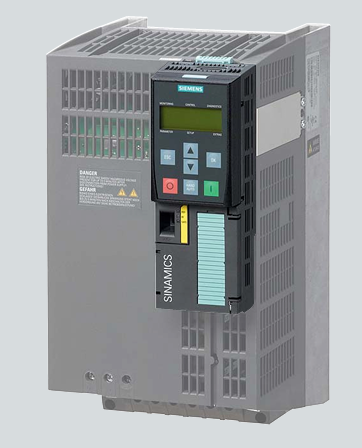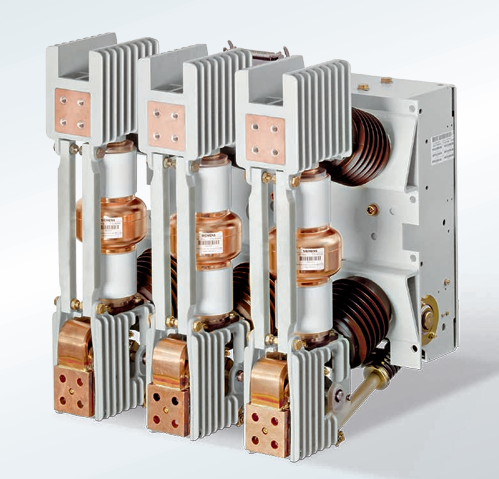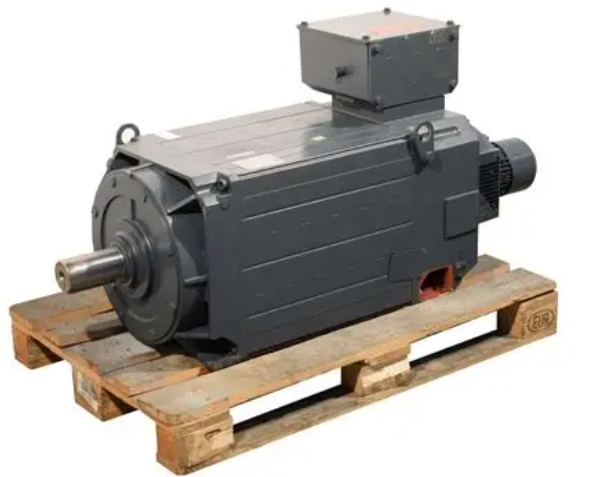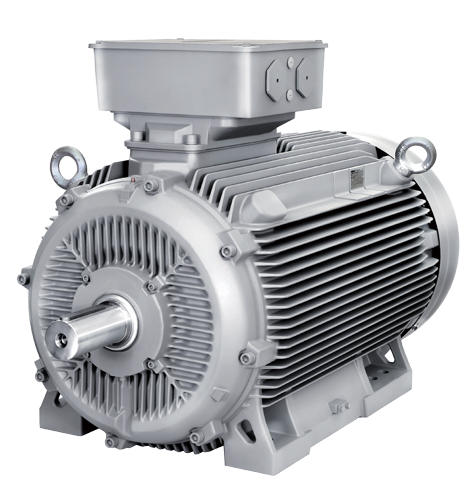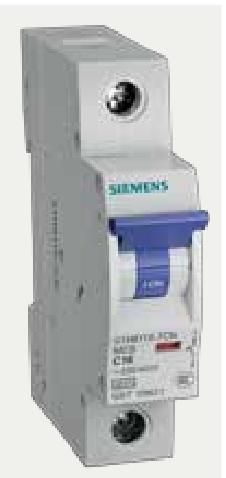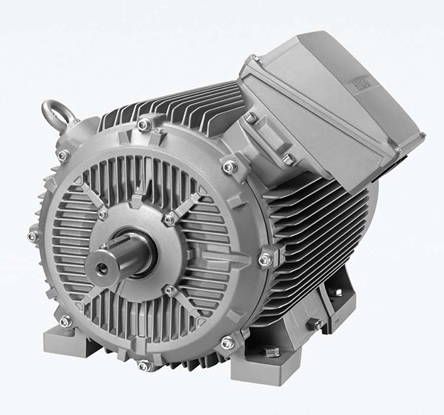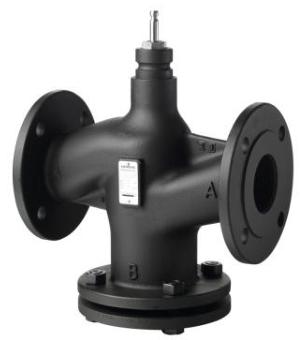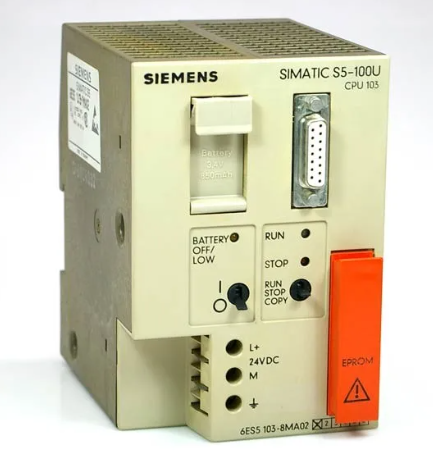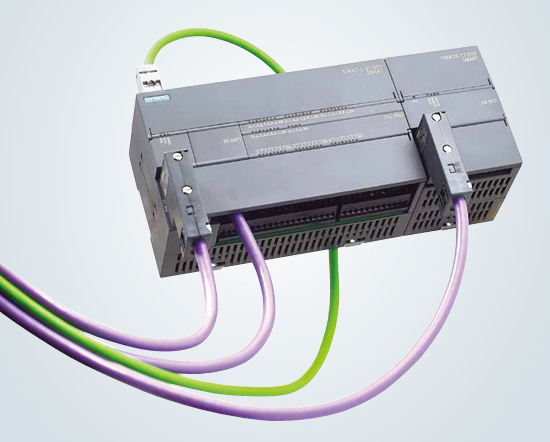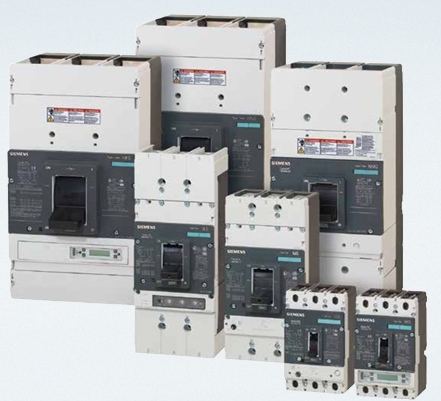As a well-known brand in the field of industrial automation, FOXBORO's FBI10E fieldbus isolator is a core component designed for signal interference and equipment protection requirements in industrial fieldbus systems. This product is widely used in process industries such as petrochemicals, power, metallurgy, etc. due to its stable isolation performance, reliable signal transmission capability, and adaptability to harsh environments, providing key guarantees for the safe operation of fieldbus networks.
FOXBORO FBI10E fieldbus isolator
Core positioning and value of the product
Fieldbus systems play an important role in data transmission between devices in industrial automation. However, complex electromagnetic interference, ground loop potential difference, and equipment fault diffusion often exist in industrial sites, which can lead to signal distortion, equipment misoperation, and even the entire bus network paralysis. The core function of FOXBORO FBI10E is to establish a "safety barrier" between fieldbus devices and control systems through electrical isolation technology, achieving the following core values:
-Block interference conduction: Isolate electromagnetic interference and grounding loop interference between field devices and bus systems to ensure the integrity and stability of bus signals.
-Protection of core equipment: When on-site equipment experiences overvoltage or overcurrent faults, the isolator can quickly cut off the fault conduction path, avoiding damage to the control system or bus master equipment.
-Improve system compatibility: solve the problem of grounding potential difference between different devices, and achieve seamless integration between multi brand and multi type field devices and bus systems.
-Simplified wiring and maintenance: Modular design facilitates integration into existing bus networks, reducing the complexity of system expansion and maintenance.
Core functional features
FOXBORO FBI10E is based on FOXBORO's mature industrial grade circuit design concept and has the following outstanding functional features, which can adapt to harsh industrial site requirements:
1. Efficient electrical isolation performance
By using magnetic or optoelectronic isolation technology, triple isolation is achieved between input, output, and power supply, with an isolation voltage of up to 2500V AC (1 minute), effectively suppressing common mode interference and differential mode interference, ensuring the reliability of signal transmission in strong electromagnetic environments (such as near motors and frequency converters).
2. Wide range signal adaptation and transparent transmission
Compatible with mainstream fieldbus protocols (such as PROFIBUS DP, Foundation Fieldbus, etc., depending on the model configuration), supporting transparent transmission of 0-20mA, 4-20mA analog or digital signals, with signal transmission delay ≤ 10 μ s, no signal attenuation or distortion, ensuring real-time and accurate perception of the status of field equipment by the control system.
3. Overvoltage and overcurrent protection and fault diagnosis
Equipped with built-in varistors, fast fuses and other protective components, it can respond in milliseconds and cut off the fault circuit when the input voltage or current exceeds the rated value; Simultaneously equipped with LED status indicator lights (such as normal power supply, normal signal transmission, fault alarm, etc.), it facilitates on-site operation and maintenance personnel to quickly locate the fault point and improve maintenance efficiency.
4. Adaptability to harsh environments
The product shell is made of flame-retardant ABS material, with a protection level of IP20 (rail installation) or IP65 (wall mounted installation on site, depending on the model). The working temperature range is wide up to -40 ℃~+85 ℃, and it can adapt to harsh industrial environments such as high temperature, low temperature, humidity, and dust, meeting the needs of special scenarios such as petrochemicals and outdoor power equipment.
5. Flexible and convenient installation and integration
Supports standard DIN rail installation, with a compact size (usually 18mm width, saving control cabinet space), and the wiring terminals adopt spring or screw design, making the wiring firm and easy to disassemble; No need for complex parameter configuration, plug and play, can be quickly integrated into existing fieldbus systems, reducing installation and debugging costs.
Key technical parameters
Isolation method
Input output power triple isolation
Isolation voltage
2500V AC (1 minute, test voltage)
Adapt to signal types
4-20mA/0-20mA analog quantity; Digital quantity (fieldbus signal)
Signal transmission accuracy
± 0.1% FS (analog); Digital quantity without error
transmission delay
≤10μs
working power supply
24V DC (typical value), allowable range: 18V DC~36V DC
Working temperature range
-40℃~+85℃
Protection level
IP20 (rail installation); IP65 (optional on-site installation)
Installation method
35mm DIN rail installation
Dimensions (width x height x depth)
18mm × 110mm × 75mm (typical value)
Applicable scenarios and typical applications
FOXBORO FBI10E has important applications in various industrial automation systems due to its stable performance and wide compatibility. Typical scenarios include:
1. Petrochemical and chemical industry
In the measurement and control system of reaction vessels, storage tanks, heat exchangers and other equipment in refineries and chemical plants, it is used to isolate the connection between on-site temperature sensors, pressure transmitters, level gauges and other equipment and the PROFIBUS/Foundation Fieldbus bus, avoiding the strong electromagnetic interference and corrosive environment in the chemical workshop from affecting the bus system, and ensuring the stable transmission of production parameters.
2. Power industry
In the monitoring system of power generation units, transformers, switchgear and other equipment in thermal power plants and substations, the connection between the signals output by isolated current transformers and voltage transformers and the control system is used to solve the problem of grounding potential difference between different equipment, prevent the spread of overvoltage faults, and ensure the safe and stable operation of the power system.
3. Metallurgy and Steel Industry
In the measurement and control circuits of high-temperature and high interference equipment such as steelmaking furnaces and rolling mills, it is used to isolate the signal transmission between on-site sensors and bus systems, resist strong electromagnetic interference generated by motors and frequency converters, ensure accurate collection of key production parameters such as temperature, pressure, and flow, and ensure the stability of production processes.
4. Water treatment and environmental protection industry
In the control circuits of water pumps and valves in sewage treatment plants and water treatment plants, the connection between isolated liquid level, flow rate, and water quality sensor signals and PLC control systems is adapted to the humid and dusty on-site environment, ensuring the reliable operation of automation control in water treatment processes.
5. Intelligent Manufacturing and Production Line
In automated production lines such as automobile manufacturing and electronic component production, it is used to connect on-site robots, conveyor belts, detection equipment, and industrial Ethernet/fieldbus systems, achieve interference free communication between devices, and improve the automation control accuracy and efficiency of production lines.
Installation and usage precautions
-Wiring specifications: strictly follow the wiring diagram in the product manual for wiring, distinguish between input, output, and power terminals, and avoid reverse wiring; Before wiring, it is necessary to cut off the power supply of the bus system and on-site equipment to prevent short circuit faults.
-Grounding requirements: The grounding terminal of the product must be reliably grounded with a grounding resistance of ≤ 4 Ω to ensure full isolation performance and suppress interference signals.
-Environmental adaptation: Choose the appropriate installation method based on the on-site environment (guide rail installation should be inside the control cabinet, and on-site installation should ensure that the protection level matches), avoiding installing the equipment in positions with direct sunlight, rainwater immersion, or strong vibration.
-Troubleshooting: When the LED fault indicator light is on, first check whether the power supply voltage and wiring are normal, and then check whether there is overvoltage or overcurrent fault in the on-site equipment. If necessary, a multimeter or signal generator can be used for signal detection.
-Regular maintenance: Regularly clean the dust and debris on the surface of the equipment, check the firmness of the wiring terminals, ensure good heat dissipation of the equipment, and extend its service life.
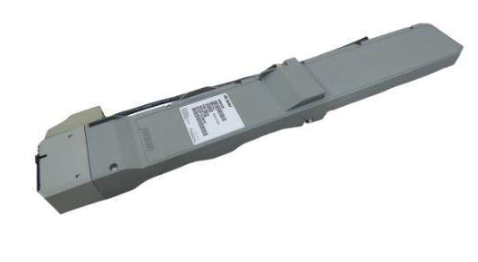
- User name Member Level Quantity Specification Purchase Date
- Satisfaction :
-









Email:wang@kongjiangauto.com

